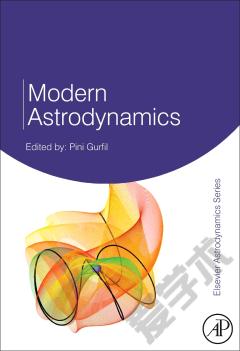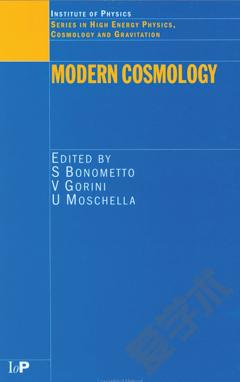Modern Astrodynamics
In recent years, an unprecedented interest in novel and revolutionary space missions has risen out of the advanced NASA and ESA programs. Astrophysicists, astronomers, space systems engineers, mathematicians and scientists have been cooperating to implement novel and ground-breaking space missions. Recent progress in mathematical dynamics has enabled development of specialised spacecraft orbits and propulsion systems. Recently, the concept of flying spacecraft in formation has gained a lot of interest within the community. These progresses constitute the background to a significant renaissance of research dealing with astrodynamics and its applications. Modern Astrodynamics is designed as a stepping stone for the exposition of modern astrodynamics to students, researchers, engineers and scientists. This volume will present the main constituents of the astrodynamical science in an elaborate, comprehensive and rigorous manner. Although the volume will contain a few distinct chapters, it will render a coherent portrayal of astrodynamics. Encompasses the main constituents of the astrodynamical sciences in an elaborate, comprehensive and rigorous manner Presents recent astrodynamical advances and describes the challenges aheadThe first volume of a series designed to give scientists and engineers worldwide an opportunity to publish their works in this multi-disciplinary field
{{comment.content}}








 京公网安备 11010802027623号
京公网安备 11010802027623号